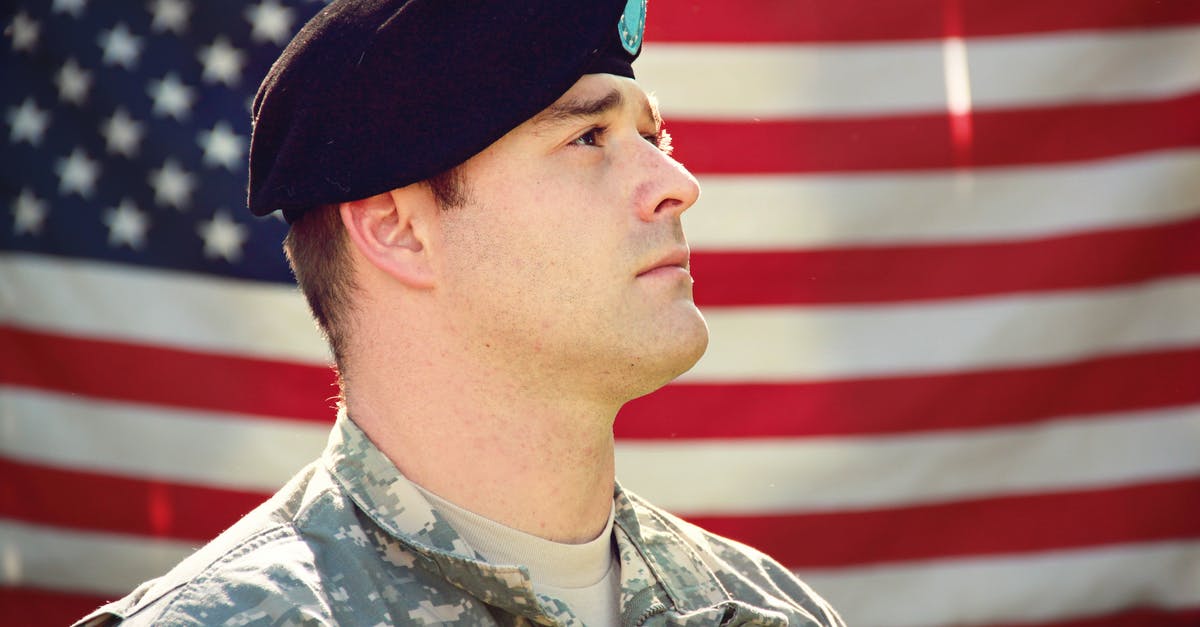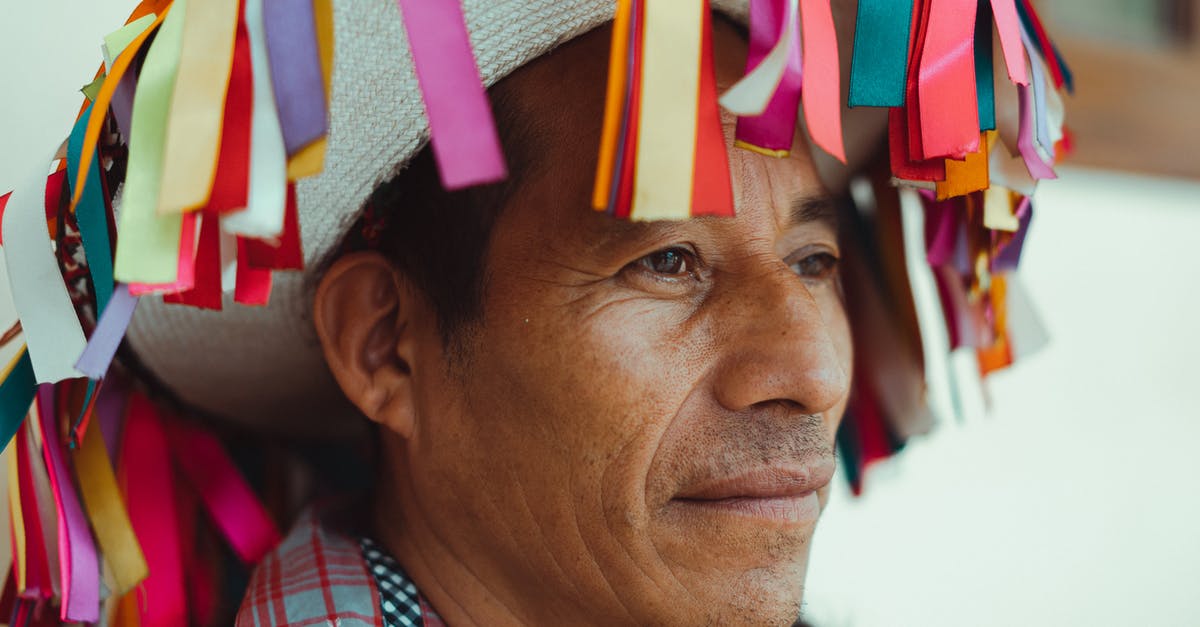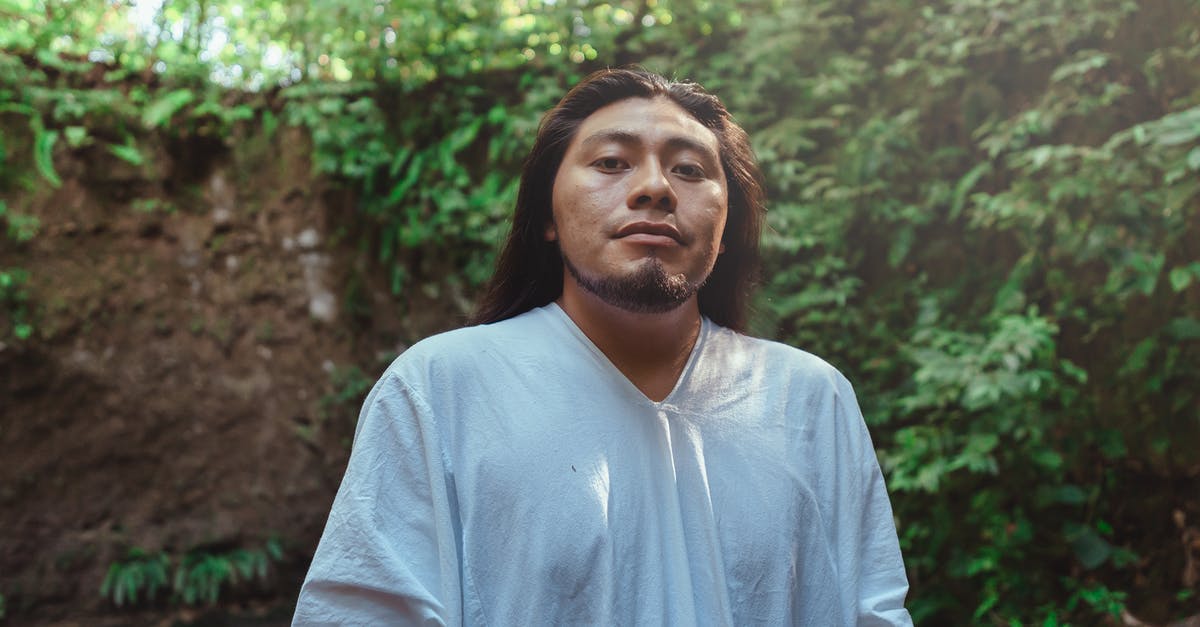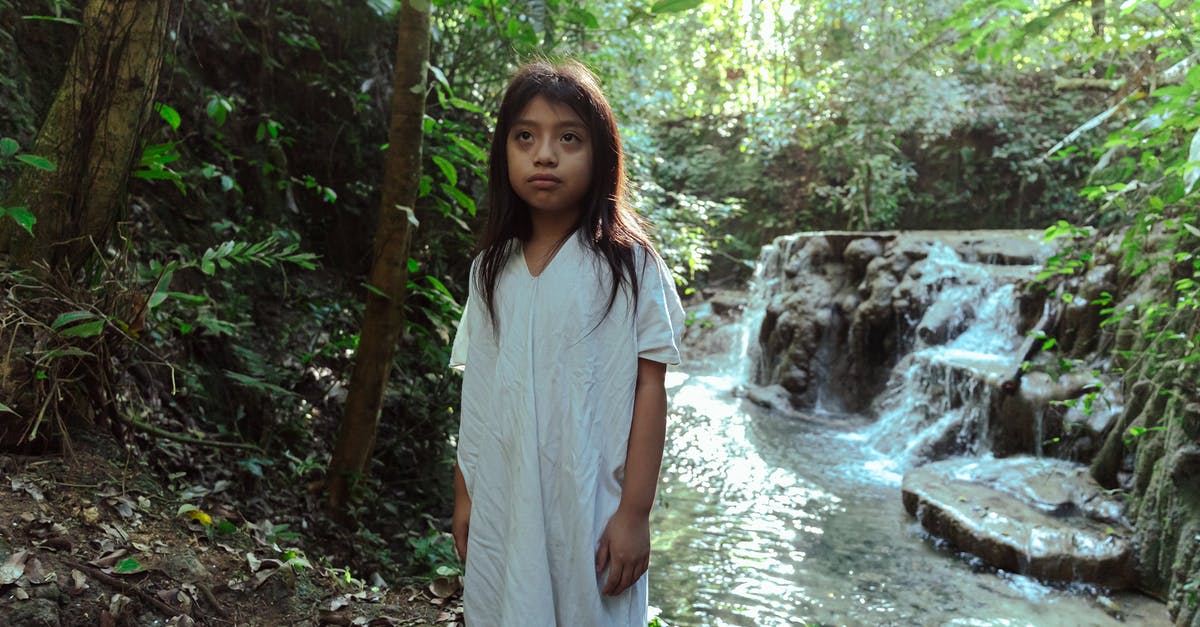What is being said in the purely Native American language scenes in Jim Jarmusch’s “Dead Man?”

While Jim Jarmusch’s film Dead Man (1995) is a 19th century American period piece that contains mostly American English dialogue, there are a few scenes in the film that are spoken purely in Native American languages without translation or subtitles. As explained on Wikipedia; bold emphasis is mine:
The film is also notable as one of the rather few films about Native Americans to be directed by a non-native and offer nuanced and considerate details of the individual differences between Native American tribes free of common stereotypes. The film contains conversations in the Cree and Blackfoot languages, which were intentionally not translated or subtitled, for the exclusive understanding of members of those nations, including several in-jokes aimed at Native American viewers. The Native character was also played by an Indigenous American actor, Gary Farmer, who is a Cayuga.
That all sounds fine. But does any translation of the dialogue exist anywhere?
Best Answer
Okay, I found a post on Reddit from 2015 that essentially asks the same question as this question. And there is an answer there that provides translation of some of the dialogue, but it is in a PDF format.
So I am posting that translation here as plain text—with some copy edits and formatting tweaks—so it’s easier to read. Here is the scene with “Nobody” and his girlfriend translated by Dorothy Thunder from the University of Alberta from Cree to English:
Girlfriend: Tâp’we cî ôma ewînakasiyan? (Is it true that you are going to leave me?)
Nobody: Nîcimos! (My sweetheart!)
Girlfriend: Ketweyan kîya esaweyimikâsot maskwa mâka ki-tâpwem kîminîcâkanis! (You say you are a gifted/blessed bear but a true/real bastard. I pray here to night moon every night you to have a child but you don’t agree to it. This is not me — I am still young and kind — you dick/penis!)
Nobody: Nîcimos! (My sweetheart!)
Girlfriend: Nikiskeyihten, nikiskeyihten keyâpic ka-nitaweyimin! Ekosi! (I know, I know that you will still want me! That’s it!)
Nobody: Nîcimos! (My sweetheart!)
Girlfriend: Awas! (Get out of here! / Get lost!)
Nobody: Ceskwa! Nîcimos, ceskwa! (Wait! My sweetheart, wait!)
And here is info on the scenes in the Makah Village near the end of the film translated by Maria Parker Pascua and according to her those scenes are in the Makah language and the tribes mentioned were Cree and Blackfoot. Leaving in some descriptions for context from the translator:
The 6th scene has Makah words when they arrive by canoe on the Columbia River to a Native Village.
Nobody: Hello! Is that you folks, my Makah people (A form of greeting in Makah). I am Nobody.
The next part is not as clear, but it sounds like he is continues on to say something like:
Nobody: Needing an Indian Doctor (Shaman/Healer).
Nobody: Give. (Like give help or maybe give them the sick man?)
The last scene with Native language is also Makah, but the first part sounds a little clipped.
Nobody: Hello! Is that you folks? (A form of greeting in Makah). It’s a nice day!
And a village man answers him with:
Village Man: Yes. It is a nice day.
Pictures about "What is being said in the purely Native American language scenes in Jim Jarmusch’s “Dead Man?”"



What is the Native American language called?
The Navajo language, for instance, is the most spoken Native American language today, with nearly 170,000 speakers. The next most common is Yupik, at 19,750, which is spoken in Alaska. However, the majority of Native Americans today speak only English.Did all Native American tribes speak the same language?
Native American tribes have lived and thrived upon the North American landscape for thousands of years\u2014since long before there was a United States. Historically, about 500 distinct Native languages were spoken in North America. All Code Talkers were fluent speakers of their tribes' languages.Are any Native American languages still spoken?
Navajo is far and away the most commonly spoken Native language in the U.S. with nearly 170,000 speakers, or almost 10 times as many speakers as each of the two languages with the next highest numbers: Yupik and Sioux.How many Native American languages have been lost?
For the last 400 years, Native American languages across the United States have been dying out. Over 200 have become extinct.Sources: Stack Exchange - This article follows the attribution requirements of Stack Exchange and is licensed under CC BY-SA 3.0.
Images: Sharefaith, Los Muertos Crew, Los Muertos Crew, Los Muertos Crew

